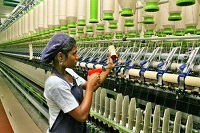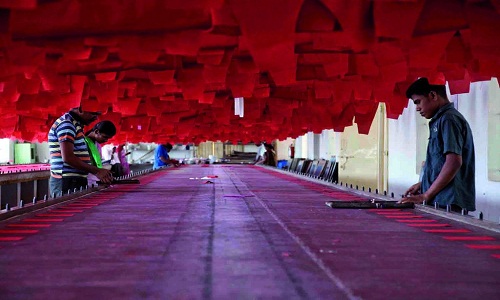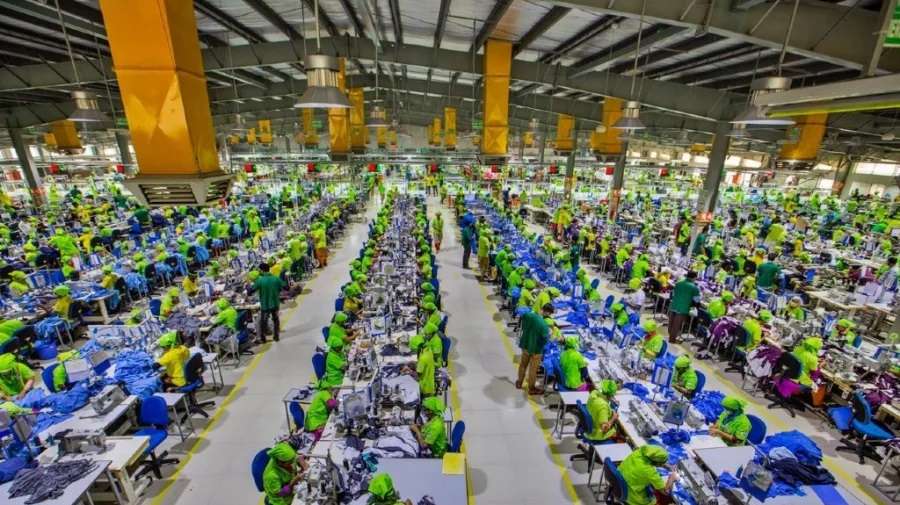It’s almost a year since the Central government had announced a special package for the textile industry. But the impact doesn’t seem to be showing, not just yet. Despite the government announcing to would bear the entire 12 per cent employer’s contribution to the employees’ provident fund (EPF) for the first three years, just 20 units have availed of the benefit so far and only 4,300 people have got jobs. Under the Pradhan Mantri Rozgar Protsahan Yojana (PMPRPY), the government bears 8.33 per cent of the employer’s contribution to EPF in other sectors.

It’s almost a year since the Central government had announced a special package for the textile industry. But the impact doesn’t seem to be showing, not just yet. Despite the government announcing to would bear the entire 12 per cent employer’s contribution to the employees’ provident fund (EPF) for the first three years, just 20 units have availed of the benefit so far and only 4,300 people have got jobs. Under the Pradhan Mantri Rozgar Protsahan Yojana (PMPRPY), the government bears 8.33 per cent of the employer’s contribution to EPF in other sectors.

If Labour Ministry sources are to be believed, it’s all because of the slow implementation of the scheme. The scheme, approved by the Cabinet in June 2016, got other necessary clearances only in August. EPFO had to ready the software and so the enrollment started only from October onwards. Finally, in December, fund disbursements started. The PMPRPY scheme for the apparel sector was later extended to the made-ups sector too. Earmarking a budget of Rs 6,006 crores, the objective of the scheme was to create one crore new jobs, additional exports of $30 billion and Rs 74,000 crores more investments over three years. According to government’s estimate, for every Rs1 crore investment in the garment sector, a minimum of 70 new jobs are created as compared with 10 in steel and 25 in automotive sectors.
Success or Failure, the jury is out there
Analysts believe that the package did not yield the desired results as sectoral players were perhaps more comfortable with the informal nature of the jobs in the sector since it reduces their burden of complying with labour rules. However, official sources say, the number of PMPRPY beneficiaries would go up in coming months as the government has now decided to bear employers’ contribution of 8.33 per cent of basic pay to the Employees’ Pension Scheme (EPS) for new employees under the PMRPY even if new posts are not created by the firm. The benefit was earlier available only for new posts created.
The rescue mechanism
The package for the sector included making EPF optional for employees earning less than Rs 15,000 per month. The government wanted to ensure more cash in hand for such employees. For the proposal to strike though, the EPFO needs approval of its highest decision-making body, the Central Board of Trustees (CBT), to be followed by the Cabinet’s approval and vetting by the law department before it could be tabled in Parliament. Many trade unions don’t seem to be happy with the proposal as they think that it would deprive the workers of even an ounce of social security.
The policymakers were planning to extend benefits such as the introduction of fixed-term employment (in line with the seasonal nature of the industry), additional interest subsidy incentives under the technology upgradation fund scheme and enhanced duty drawback coverage for exports to other employment-intensive sectors like leather and footwear as well.












